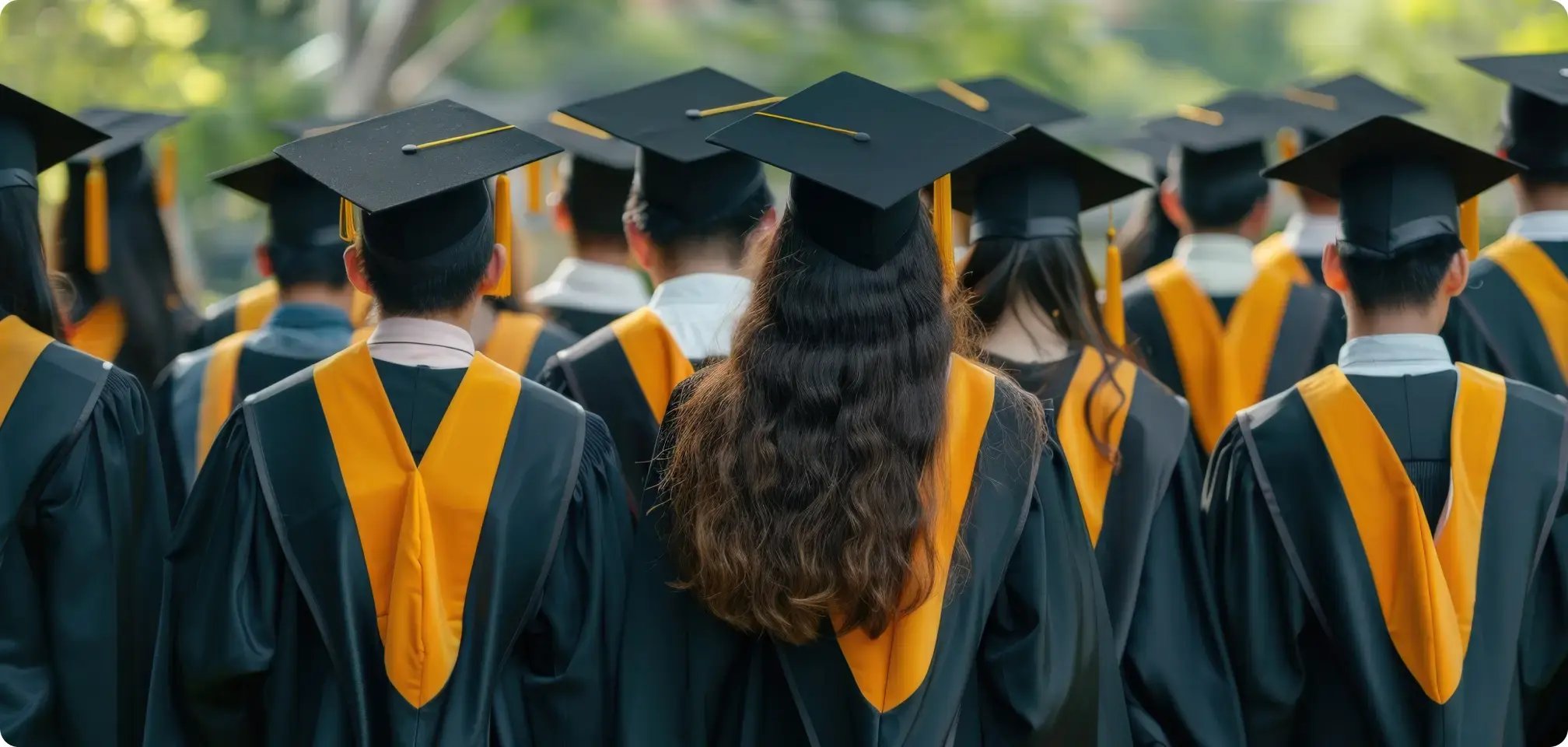
They’re public schools, so they don’t make students pay, but they don’t always get the same help as regular public schools either.
So, where does the money come from?
Charter schools get money from the government, but they also rely on other donations to keep things running.
In this blog, we’ll break down the costs in a simple way. Let’s take a closer look at how it all works.
Public Funding for Charter Schools
Charter schools are public schools, meaning they are funded by tax dollars. However, they don’t receive money the same way traditional public schools do. Most of their funding comes from the state and is based on the number of students enrolled. Traditional schools get local property tax money and state funding.
Because charter schools don’t usually receive local tax funds, they often get less money per student. In fact, sometimes only 70-80% of what traditional schools receive. To make up for this, they rely on grants, donations, and fundraising.
There are also restrictions on how charter schools can use public funds. They must spend money on education-related expenses like teacher salaries and supplies. This means they often can’t use it for new buildings, so many have to rent space.
Even though they have more freedom in how they operate, charter schools must prove they are using funds wisely. If they fail to meet financial or academic standards, they can be shut down.
Looking for an impressive charter school to help you or your child get a high school diploma? Career Prep High School is a charter school that is completely free for students! We truly care about our students and do everything we can to help them graduate. If you need a high school where you can graduate on your own schedule, give us a call at (888) 995-7143 to speak with an admissions counselor.
Federal Funding for Charter Schools
Charter schools don’t just get money from the state. They also get some support from the federal government. They don't usually get as much federal funding as traditional public schools, but special programs can help them improve.
One of the biggest sources of federal money is the Charter Schools Program (CSP). This program gives money to help new charter schools open. It also helps existing schools expand, train teachers, and improve buildings. The goal is to give more students access to a great education.
Charter schools can also get money to help pay for new teaching ideas, better technology, and programs for students who need extra support. Some grants help students with disabilities, low-income families, or those learning English.
Even though federal funding helps, it’s not enough to run a school. Charter schools still rely on state funding and private donations. By using different sources of money, they can keep growing and giving students more learning opportunities.

Private and Alternative Funding Sources
Charter schools don’t just rely on government money. They also raise funds from private sources to give students a better education.
Philanthropic donations and grants come from people, community groups, and education organizations. These funds help schools buy supplies, hire teachers, and improve programs. This is especially helpful in areas where money is tight.
Corporate and nonprofit sponsorships also help. A business might donate computers, fund a science lab, or sponsor a sports team. Nonprofit groups may support special programs for students.
Fundraising efforts bring in money through events like walk-a-thons, bake sales, and auctions. Parents, students, and the community often work together to help pay for extra curricular activities.
Why does private funding matter? It helps schools afford better technology, updated classrooms, and extra programs. But since private donations aren’t always reliable, schools must plan carefully.
The Future of Charter School Funding
Charter school funding is always changing. New laws, public opinions, and support from businesses and donors all shape what’s to come.
Policy changes could impact how much money charter schools get. Some lawmakers want to increase funding, while others believe traditional schools should get more. These debates could change the future of charter school funding.
School choice is a growing idea, where families can choose the best school for their child. Programs like vouchers let families use public money for charter or private schools. If these programs expand, more families may choose charter schools, leading to more funding.
Career Prep High School is a great option for parents looking for something flexible for their child. We have smaller class sizes and a focus on preparing students for life after high school. We also help students achieve their goals quickly, and for free!. Contact us to learn more about our charter school.

Private investment is also growing. Businesses and nonprofits are seeing charter schools as a great way to improve education. If this trend continues, charter schools may get more money and support.
The future of charter school funding will depend on a mix of policies, school choice, and private investment.
If you’re thinking about a charter school for your child, it’s a good idea to learn how it’s funded and what it offers. The more you know, the easier it is to decide if it’s the right choice. Have questions? Reach out to us at Career Prep and see how we help students in your area!